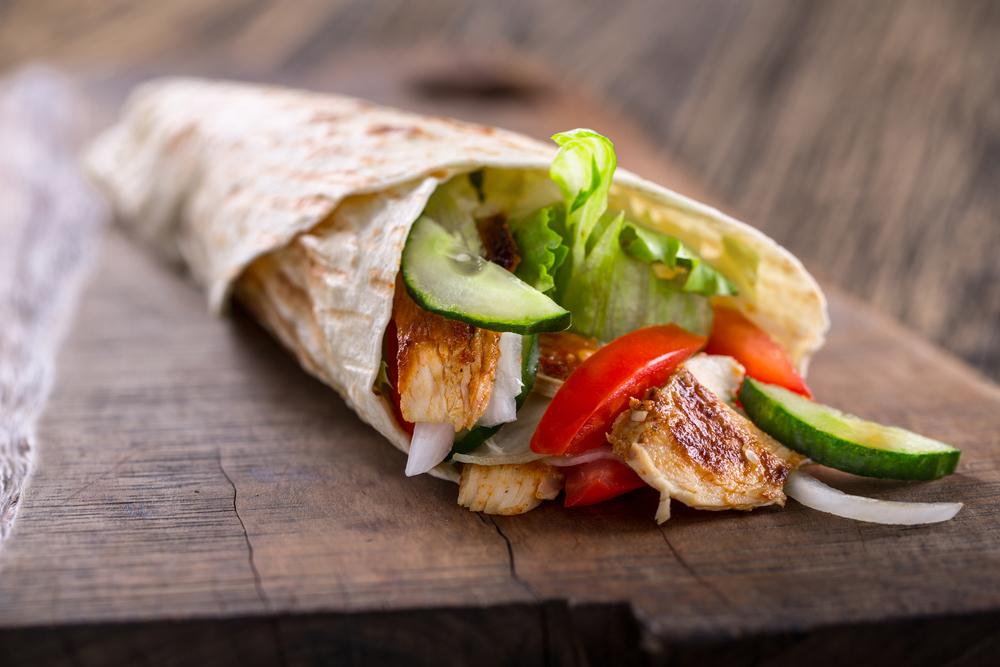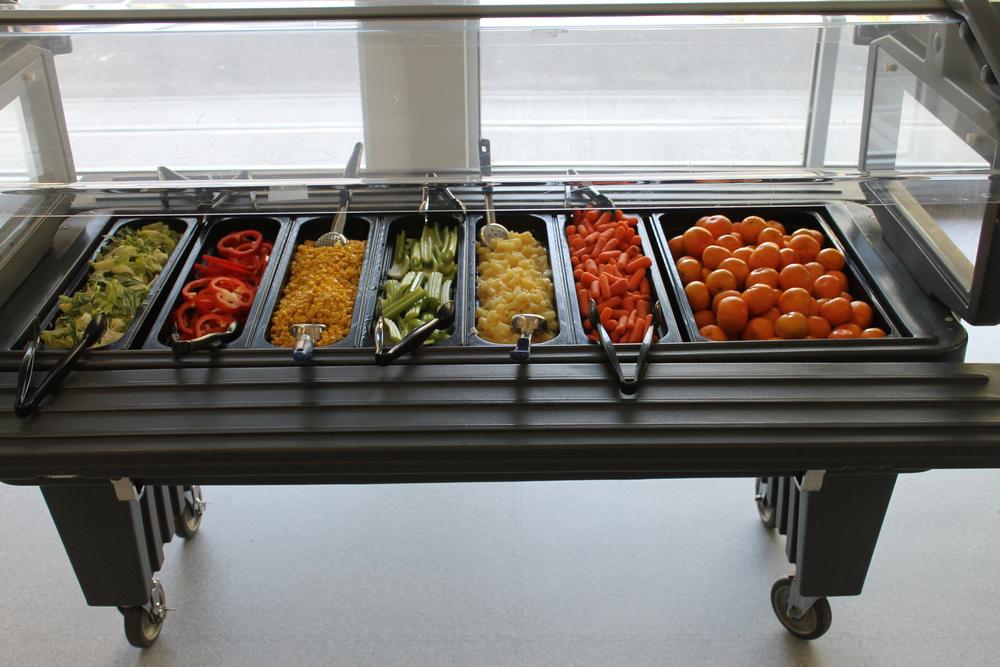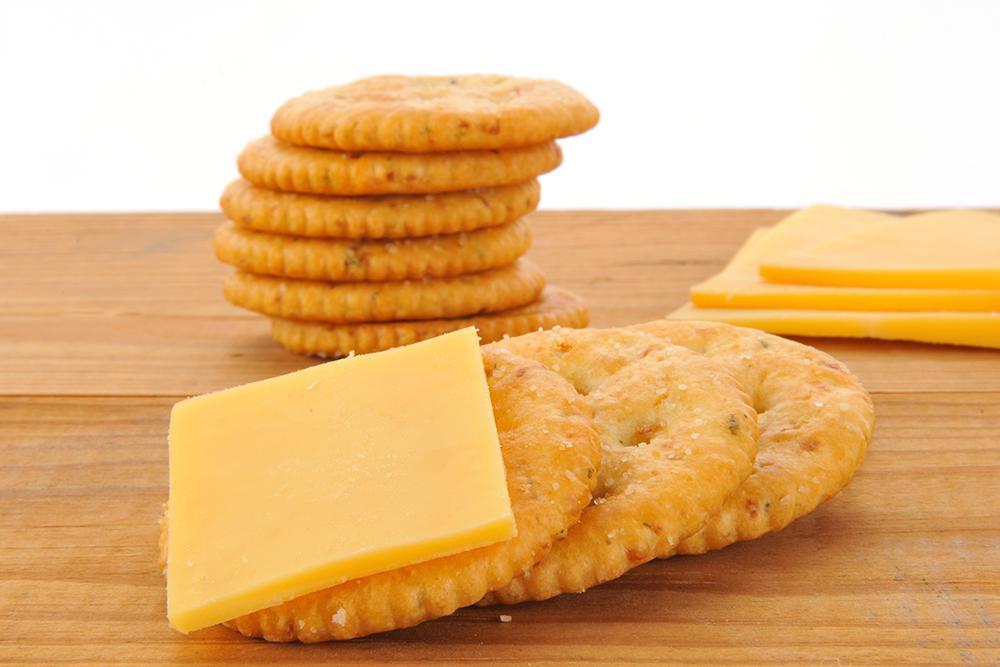 Tired of trying to reinvent your menu every night at dinnertime? You may be overthinking the types of meals that your athlete needs, which could cost you time and money along the way. The good news is that you can simplify your mealtime strategy and you get your athlete the nutrients they need.
Tired of trying to reinvent your menu every night at dinnertime? You may be overthinking the types of meals that your athlete needs, which could cost you time and money along the way. The good news is that you can simplify your mealtime strategy and you get your athlete the nutrients they need.
Here, TrueSport Expert Kristen Ziesmer, a registered dietitian and board-certified specialist in sports dietetics, shares how to use the same ingredients to make different meals for the week, saving you time while keeping your athletes healthy and satisfied.
1. Stop overthinking your meals
One mistake many of us make is assuming that a good cook or caregiver creates a new meal from scratch every single night. But the better way to keep hungry athletes satisfied and make the most of your time in the kitchen is to prepare large batches of basics, then use them in different ways throughout the week.
Often, Ziesmer says, young athletes have a few favorite meals that they prefer anyway, and they’re rarely hoping that you’ll cook something new and different. Bonus: Cooking in bulk and using the same ingredients for a few days in a row doesn’t just save time, it saves money!
2. The problem with meal kits
While meal kits that are delivered to your door with all the ingredients you need to make a fantastic dinner can be useful and are usually more cost effective than getting takeout every night, they do set an impossibly high standard. Often, the meals have complex instructions, a lot of different spices and sauces, and rarely leave enough leftovers for another meal the next day, says Ziesmer. These can be fun to try, but don’t fall into the trap of assuming every meal you make needs to be a gourmet feast featuring a new ingredient you’ve never used before.
3. Pretend every week is Thanksgiving
After Thanksgiving, if you cooked a large turkey dinner for the whole family, it’s likely that you’re eating leftovers for quite a while. “People always talk about the great ways to make stews, sandwiches, salads, casseroles, and other meals out of Thanksgiving leftovers,” says Ziesmer. “But for the rest of the year, we don’t think about preparing food in large quantities and reusing it in different ways throughout the week.”
4. Start with meal-prepping your protein
Often, protein can be the easiest ingredient to meal prep, and can then be the base of your meals for several days. Chicken, ground beef or turkey, beans, and tofu are all options that Ziesmer likes to use.
EXAMPLE: Bake or grill a large batch of boneless, skinless chicken thighs with olive oil and salt and pepper on Sunday afternoon. Then, make new meals throughout the week:
 Day 1- Chicken with roasted vegetables (broccoli and potatoes) that you baked at the same time as the chicken
Day 1- Chicken with roasted vegetables (broccoli and potatoes) that you baked at the same time as the chicken- Day 2- Burrito bowl with rice, chicken that’s been sautéed with peppers, onions, and some chili powder, topped with avocado, cheese, and salsa
- Day 3- Chicken noodle soup made with shredded chicken, chicken broth, frozen stew vegetables, and whole wheat macaroni noodles (or rice noodles for gluten-free athletes)
- Day 4- Chicken wraps with a large burrito wrap, shredded vegetables, Italian dressing, cheese, and slices of chicken
- Day 5- Make your own pizzas at home with pre-made dough, and top with the remaining shredded chicken as well as any leftover vegetables from the week.
5. Prep your carbohydrates
Roasting a big tray of sweet potatoes or regular potatoes, along with any vegetables your athletes like, is a great meal prepping step to take on a weekend, especially if you’re already turning the oven on to bake your protein. Even potatoes can take on different tastes and textures once they’re roasted. They can be sliced up and sautéed with onions for home fries if you’re planning to have breakfast for dinner. They can be mashed and combined with a bit of milk for mashed potatoes. They can be eaten without additional work as roasted potatoes, or sliced into quarters and sautéed with a bit of olive oil until they’re crispy steak fries. Once they’re cooked, the possibilities are endless.
Additionally, Ziesmer suggests using a rice cooker to make a large batch of white or brown rice. These carbohydrate sources can easily be warmed up and served in different ways, depending on what sauces or spices you add to them.
6. Have a few favorite sauces and spices in your pantry
Rather than buying spices and sauces last minute at the grocery store, Ziesmer suggests having your favorites in stock. Spaghetti sauce, soy sauce, curry paste, and salsa can all completely change the flavor of a meal. Italian spice blends and taco seasoning can easily be mixed in with an already-cooked protein and quickly heated to change how a meal tastes.
__________________
Takeaway
Don’t feel like every meal needs to be a new gourmet experience. Keep mealtime simple by meal-prepping large batches of carbohydrates and proteins early in the week, then reuse them with different flavor profiles throughout the week, introducing different spices, sauces, and ingredients.



